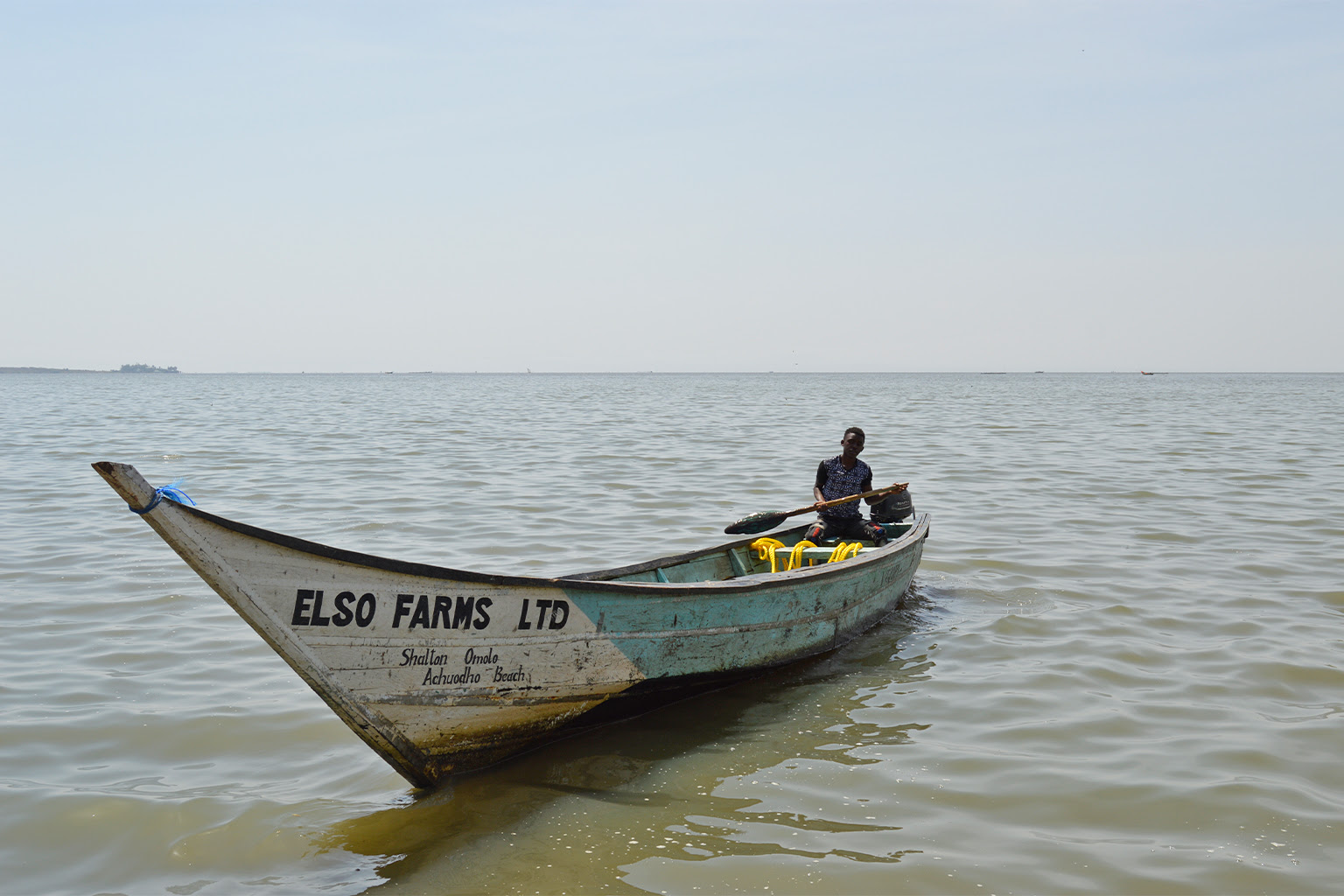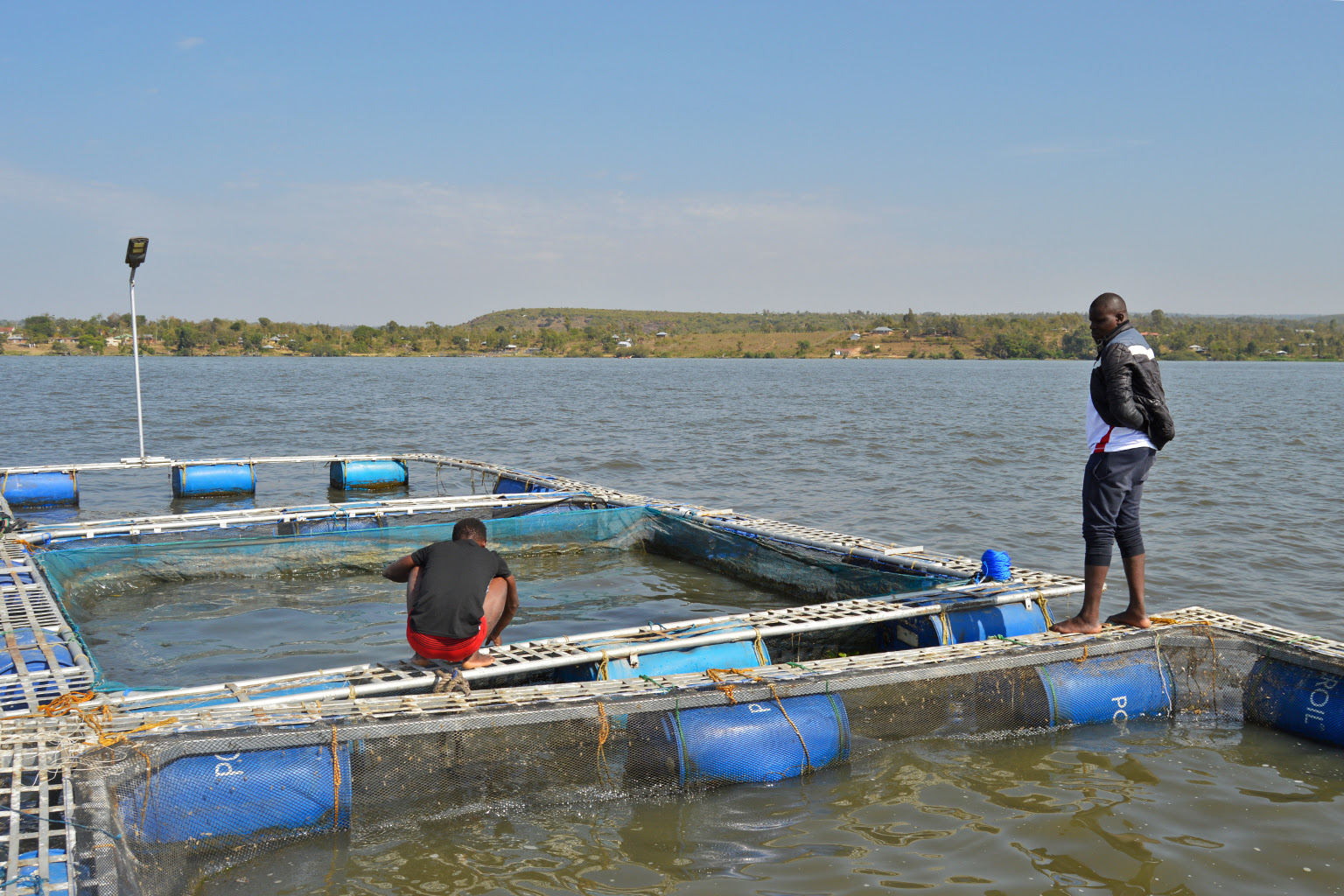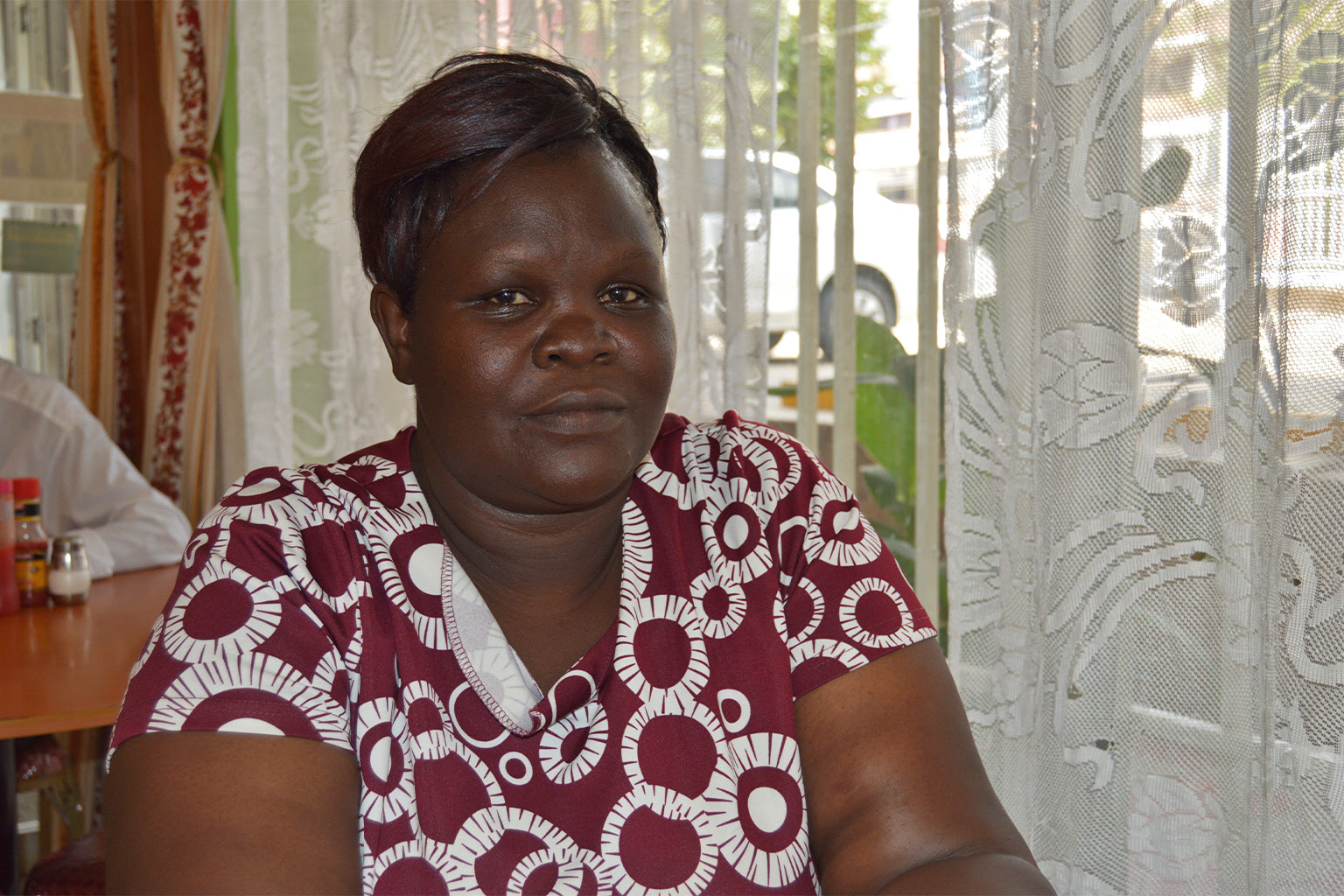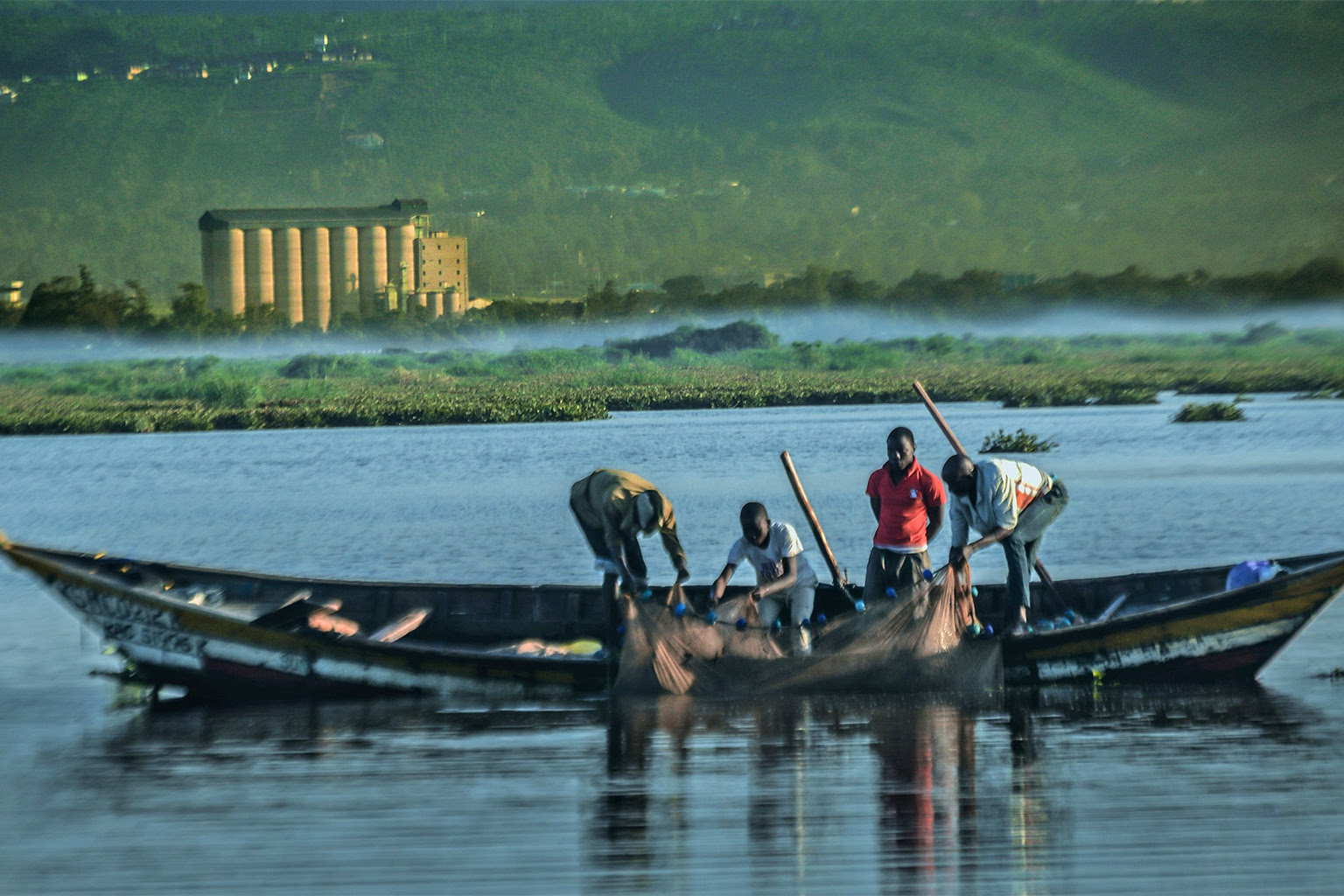“My personal mantra is to work hard, work hard, work hard,work hard. Hard work never killed anyone. In all things have faith,” says Jennifer Nafula Barassa, Chief Executive
Officer of Top Image Africa Ltd a 27-year-old advertising boutique with a footprint in 10 African countries.
Incidentally, Jennifer’s exploits in the marketing world have been enviable and the Kenyan society has taken note and somewhat reciprocated accordingly.
In 2011 for example she was appointed Chair of the all-important Board of the Constituency Development Board, clearly affirming her deftness in the sensitive area of corporate governance.
She has also sat on the Boards of several generic organizations amongst them the Kenya National Chambers of Commerce &Industry (KNCC&I) and has been a trustee of the College of Insurance.
In addition, she has sat on the Board of the Business Advocacy Fund for the Danish Embassy and Chandaria School of Business – United States International University ( USIU) Business Advisory Board.
According to a 2021 Board Diversity and Inclusion Survey report Kenya’s gender diversity in the boardroom stood at 36 % in 2021 compared to the global average of 3 %.
And this East African nation could achieve gender parity in corporate boardroom representation by 2030, according to the report.
Across the world, European-based countries lead the pack beginning with Norway at 39%, Finland at 30%, France at 26%, Germany and the United Kingdom at 17%, Australia at 15%, Spain at 13%, United States at 12%, Mexico at 6%, Japan and South Korea at 2%.
In Africa, women occupy only 12 % of corporate board seats according to the African Development Bank with Kenya leading, at 36 %.
Jennifer says for those women wishing to join boards it is very crucial for them to network
“Networking is very important, you must be great or good in what you do because your expertise and experience will be needed in solving both problems and adding value. You also need to be visible in society,” says Jennifer.
Without a doubt, Jennifer ought to be applauded for daring to live her life on her terms at a time when patriarchalism held sway in the corporate world. If one were in search of a trailblazer, Jennifer is the true deal.
For a woman who is now 70 years old, time surely does fly fast.
Embodying a tenacious spirit, Jennifer arguably bootstrapped her present envious life by daring to confront her straitened circumstances that were then ubiquitous in the famously forbidding hood of Eastlands, Nairobi, in Maringo Estate, Block E1.
“I come from a large family. My father was polygamous, but we were happy…. “Oh, those were the days when milk would be dropped at the doorstep by a milkman. The milk was in a classic glass bottle and covered with foil at the top. Those were the days when Elliot was the only brand of bread. We were lucky my father would afford such basics,” she reportedly told the Standard newspaper
Today hardly anyone can associate her with her proletariat roots now that the so-called leafy suburbs in Nairobi’s caprice ecosystem have since become her stomping grounds.
But a sneak preview of her formal schooling will attest that Jennifer partially owes her success in the business world to her cerebral inclination.
Initiated formal schooling at public schools found in Nairobi including Dr. Kraft Primary School (1960 – 1967) then moved to Ngara Girls for her O-Levels (1968 to 1971) where she ended up becoming the Head Girl then relocating to Asumbi Girls (1972 to 1973) in South Nyanza for her A-Levels where her leadership skills c saw her tapped to become Deputy Head of School, Jennifer it seemed was destined to be a leader.
In 1974, she joined Kenyatta University, then a constituent college affiliated with the University of Nairobi for a bachelor’s degree in Education, which she completed in 1977.
Her first stop as a trained teacher was Lenana School where she taught English and Literature becoming the first African woman ever to tutor at the school.
“Fortunately, I did not face any challenges. Being the first African woman to teach at Lenana School I was very welcomed by both male teachers and students. I had been interviewed by the Director of Education at the time Mr. James Kamunge at the Ministry of Education and I assured him that I was not going to have any problems teaching at Lenana School. I was fresh from the university and the school community felt that I had brought a fresh breath of air into the school being young and a woman,” Jennifer says.
Her ambitious nature would not allow her to teach for more than two years
“I wanted to make more money, and I started applying for jobs. This was in 1979 when former President Daniel arap Moi decreed that companies increase their workforce by 10%. I got a job as a sales representative at Kodak and nobody could understand why I would leave a noble and flourishing teaching career to sell films in the street,” she remembers.
But her critics were quieted six months later after she got promoted to a marketing education co-coordinator, subsequently seeing her buy her first car.
“At Kodak there was a lot of excitement by both colleagues and traders and I was appreciated by both.In fact, my boss then Mr. Neil Grenfel was so happy with my performance. I had been
recruited by Hawkins and Associates, and they wanted to request them if they could find another Jennifer Barassa to join their Sales and Marketing department. I was a darling of both,” says Jennifer.
Customers and bosses alike seemingly went gaga with her
Five years into the industry she parachuted upstairs becoming an accounts manager, after which she moved to Boots Pharmaceuticals, currently Beta HealthCare International to become the sales manager.
“ Networking is very important, you must be great or good in what you do because your expertise and experience will be needed in solving both problems and adding value,” says Jennifer.
She then went along to work for various other blue-chip companies amongst them Johnson and Johnson (1989), Sterling Health (now GSK), and McCann Erickson (1994), all at the managerial level until she chose the road to entrepreneurship.
“There was a lot of office politics in the organization (McCann Erickson) so I opted out.
Secondly, for many years, many of my friends encouraged me to get into business as they felt I had the PR skills and innate acumen of being an entrepreneur,” says Jennifer.
Often in the land of the living, one is inadvertently influenced by a person to discover their earthly purpose and in the case of Jennifer, it was one Pamela Odede back in 1960.
“Pamela’s family lived in the neighborhood. In 1960, Pamela arrived in Kenya from the USA. She was this tall beauty from the USA, driving a yellow Volkswagen car. That car is still etched in my mind to date,” a smitten Jennifer reportedly told the Standard Newspaper.
Jennifer’s inquisitive nature got the better of her and she dared to ask her mother if one day, she would drive a car like that, the local newspaper reported.
“My mother told me; ‘Of course, you can!’ All I had to do was study hard,” the Standard reported her saying.
In hindsight, when parents affirm their children, they act as enablers, triggering a belief-in-my-self-attitude among children with arguably Jennifer being a quintessential by-product of this parental nurturing.
In 1995, she launched Top Image, beginning as a promotion agency.
So what’s the story behind Top Image
“I started it in my living room in Hurlingham. It was a one-woman show, but thanks to my networking, doors started opening,” says Jennifer.
One year later she opened an office around Nairobi’s Wilson Airport neighborhood with a single staff member who doubled up as a receptionist and secretary. For your INFO, Top Image was launched with Ksh 30. That’s right 30 bucks.
“There were no computers back then. Therefore I wrote a handwritten proposal, which I paid Ksh 10 to be typed, and made two copies for Ksh20,” she recalls.
Top Image started by merchandising for Kenya Breweries (now East African Breweries) and Total Motor Show before it took up below-the-line advertising. When Top Image first moved to the Wilson Airport offices back in 1996, Jennifer and her secretary waited for one, two, or three weeks before receiving a business call.
But Jennifer persevered. And as a consequence of her doggedness, the company made its first Ksh One million in its first year of operation.
Today, the company has branches in Cote D’Ivoire Nigeria, Rwanda, Tanzania Uganda, and is currently eyeing Zimbabwe.
The client portfolio of Top Image reads like who is who in the market for it includes Safaricom, Bidco Africa, Samsung, Google, Visa, MTN, and so on.
Due to Top Image living up to its name, the brand has scooped various awards including being named in the Top 100 Mid-Sized Companies Survey in the 2008/2009 financial year.
As more and more people opt to engage in personal business they find themselves conflicted when faced with the choice of either leaving employment to engage in entrepreneurship or sticking to their jobs with many having the fear of the unknown.
As Candice Carpenter, founder of iVillage.com, once said, “If you are committed to creating value and if you aren’t afraid of hard times; obstacles become utterly unimportant,” a truism that seemingly defines Jennifers’ entrepreneurial road.
“ Entrepreneurship is daunting but one should make sure they have a solid business plan and are prepared to go through the cycle of ups and downs that is associated with the business. The area of mentorship is also of great importance. People need to hear success stories firsthand. Starting a business is not easy but the benefits outweigh those of being employed.
I encourage people who want to start a business to attend entrepreneurship classes in the generic Business Schools that are available in the country now. Finally, I also encourage women who are already in business to join business associations that provide women entrepreneurs mentorship programs such as the Association of Women Business Owners (KAWBO) and the Federation of Woman Entrepreneurs Association(FEWA) among others,” Jennifer advice women wishing to get into entrepreneurship.
Jennifer believes that for one to become a successful entrepreneur they need to be risk takers, optimistic, strong-willed, and passionate about what they are engaged in, and yes be a leader in the ecosystem they are operating in.
Meanwhile, the lowdown qualities of being dishonest, of entertaining procrastination, of being lazy, indecisive, and unfocused often derail a person’s road to success, says Jennifer.
Currently, there is a popular notion that advertising agencies have formed cartels that control the advertising budgets of corporate players, a feeling shared by Jennifer who possesses 38- years of experience in sales, marketing, and advertising.
“This is true for particularly above-the-line Advertising and not far below Line Advertising.
You find that a big percentage of the major international brands are controlled from the headquarters and there is always an alignment with agencies that are international or Pan African,” says Jennifer.
She believes very strongly that there is an opportunity and a niche for smaller boutique agencies.
“ My challenge to smaller boutique agencies is to focus on two main things: creativity and client satisfaction. Word of mouth does amazing things! Large agencies have their challenges; so smaller agencies need to capitalize on this.”
And one must also remember, says Jennifer, that it’s not only corporate players that have large advertising budgets.
“For Below the Line advertising, this is controlled at the national level because they deal with both national and local problems and offer local and national solutions,” says Jennifer.
So what makes one a great marketer?
“Marketing is a science one must learn or practice. However, you need both marketing and creative skills to become an excellent marketer. And one can easily get both through education, experience, and exposure,” says Jennifer.
She says that “ there has been an increase in a briefcase – fly-by-the night experiential agencies that offer services at a very low cost, are unprofessional, are corrupt and do not add value to the campaign.
“ Sadly, there is very little creativity but lots of copy-paste strategies. Creativity costs money and when there is a slowdown in the economy the first thing most companies chop is their marketing and advertising spend.”
With a very lucrative career spanning more than 38 years who does she count as her preeminent mentor as she sits in the corner office of the head office located at Fortis Towers, Westlands- Nairobi?
“My mother, because she taught me the virtues of integrity and hard work. Mrs. Mary Okello is the first woman banker in Kenya and the founder of KWFT and Makini Schools.
Mrs. Pamela Mboya, was the first highly educated woman I came across when I was a younger girl. Finally Oprah Winfrey, the richest black woman in the world.”

 Fashion7 years ago
Fashion7 years ago
 Shalton Omolo’s assistant rowing Omolo’s boat. Most fish farmers in Kisumu use similar boats. Image by Calvin Rock Odhiambo for Mongabay.
Shalton Omolo’s assistant rowing Omolo’s boat. Most fish farmers in Kisumu use similar boats. Image by Calvin Rock Odhiambo for Mongabay. A fisher repairs his fishing net at Achodho Beach in Kisumu County. Image by Calvin Rock Odhiambo for Mongabay.About half a kilometer across from Ogal Beach is Achuodho Beach. Shalton Omolo, a cage farmer who deals in tilapia, says he lost more than 4 million shillings ($32,000) to fish kills in November. He started ELSO farms in 2019; using proceeds from aquaculture, he invested in beekeeping and goat rearing, selling honey and goat meat to boost his income. Unlike Okomo, he is willing to talk about his experience of discovering dead fish in their cages. He speaks with passion, recalling the Friday it happened.
A fisher repairs his fishing net at Achodho Beach in Kisumu County. Image by Calvin Rock Odhiambo for Mongabay.About half a kilometer across from Ogal Beach is Achuodho Beach. Shalton Omolo, a cage farmer who deals in tilapia, says he lost more than 4 million shillings ($32,000) to fish kills in November. He started ELSO farms in 2019; using proceeds from aquaculture, he invested in beekeeping and goat rearing, selling honey and goat meat to boost his income. Unlike Okomo, he is willing to talk about his experience of discovering dead fish in their cages. He speaks with passion, recalling the Friday it happened. Shalton Omolo steering his boat offshore. Image by Calvin Rock Odhiambo for Mongabay.Things have not been easy for Omolo, who has two school-going children and siblings who depend on him. Even though he is slowly getting back on his feet, he says he is still burdened by the uncertainty of what the future holds.
Shalton Omolo steering his boat offshore. Image by Calvin Rock Odhiambo for Mongabay.Things have not been easy for Omolo, who has two school-going children and siblings who depend on him. Even though he is slowly getting back on his feet, he says he is still burdened by the uncertainty of what the future holds. Omolo’s assistant and Omolo inspecting the fish nets. Image by Calvin Rock Odhiambo for Mongabay.Omolo, however, suspects there could be more to the fish kills than just “natural cause,” which, he says with skepticism, the scientists from KMFRI refer to as “an act of God.”
Omolo’s assistant and Omolo inspecting the fish nets. Image by Calvin Rock Odhiambo for Mongabay.Omolo, however, suspects there could be more to the fish kills than just “natural cause,” which, he says with skepticism, the scientists from KMFRI refer to as “an act of God.” Susan Adhiambo, the Kisumu County director of fisheries. Image by Calvin Rock Odhiambo for Mongabay.
Susan Adhiambo, the Kisumu County director of fisheries. Image by Calvin Rock Odhiambo for Mongabay. Fishermen gathering their catch early in the morning on Lake Victoria. An industrial unit at the lake’s banks can be seen in the background. Image by Franklin Amulyoto via
Fishermen gathering their catch early in the morning on Lake Victoria. An industrial unit at the lake’s banks can be seen in the background. Image by Franklin Amulyoto via  Shalton shares a light moment with Michael Nyaguti. Nyaguti runs a pro-conservation CBO called Magnum Environment Network. Image by Calvin Rock Odhiambo for Mongabay.“[T]hey were saying it is because of climate change issues and therefore they could not control it,” Nyaguti says, “but we still call for more research because much as we have water hyacinth rotting … we are aware that a lot of pollutants are still entering into the lake.”
Shalton shares a light moment with Michael Nyaguti. Nyaguti runs a pro-conservation CBO called Magnum Environment Network. Image by Calvin Rock Odhiambo for Mongabay.“[T]hey were saying it is because of climate change issues and therefore they could not control it,” Nyaguti says, “but we still call for more research because much as we have water hyacinth rotting … we are aware that a lot of pollutants are still entering into the lake.”